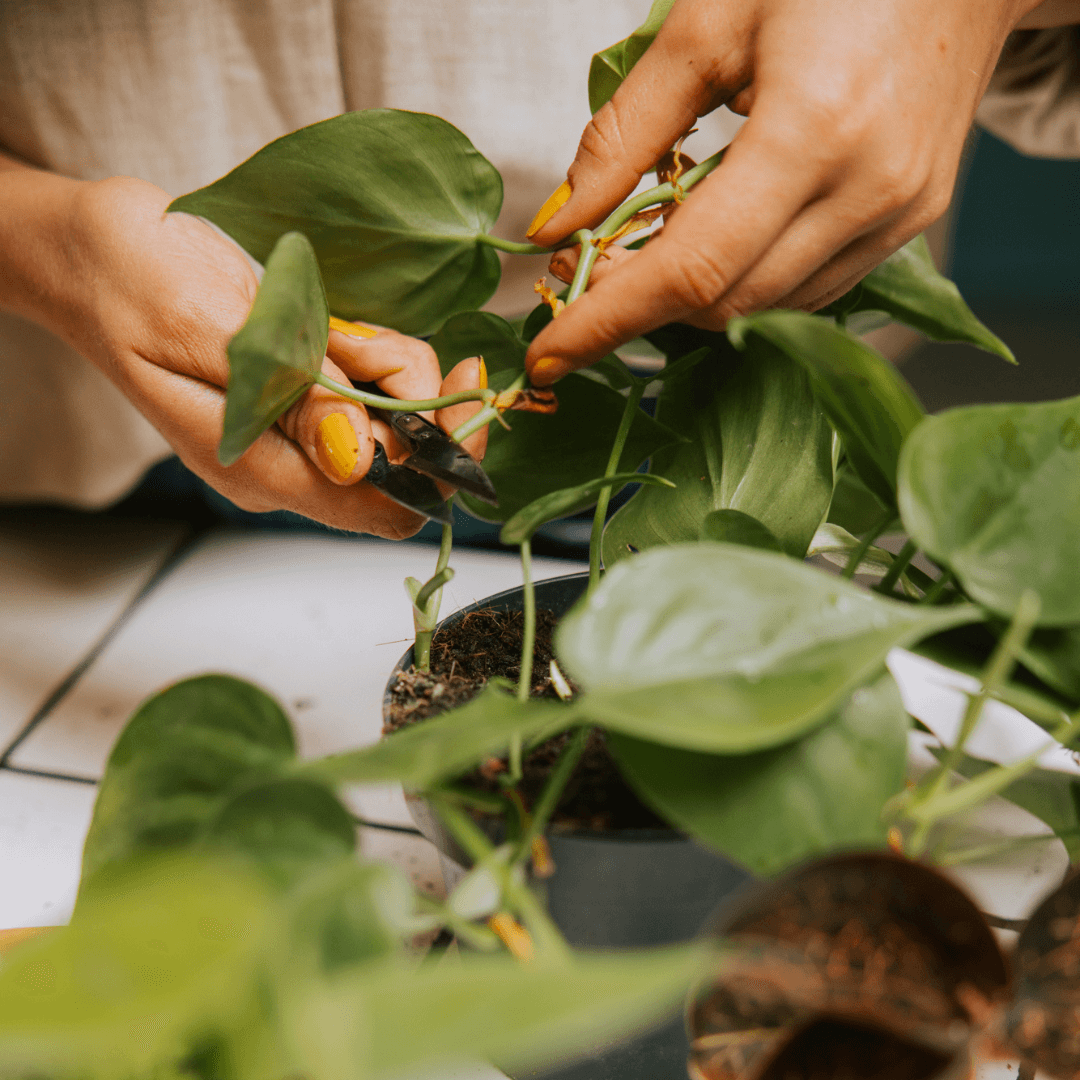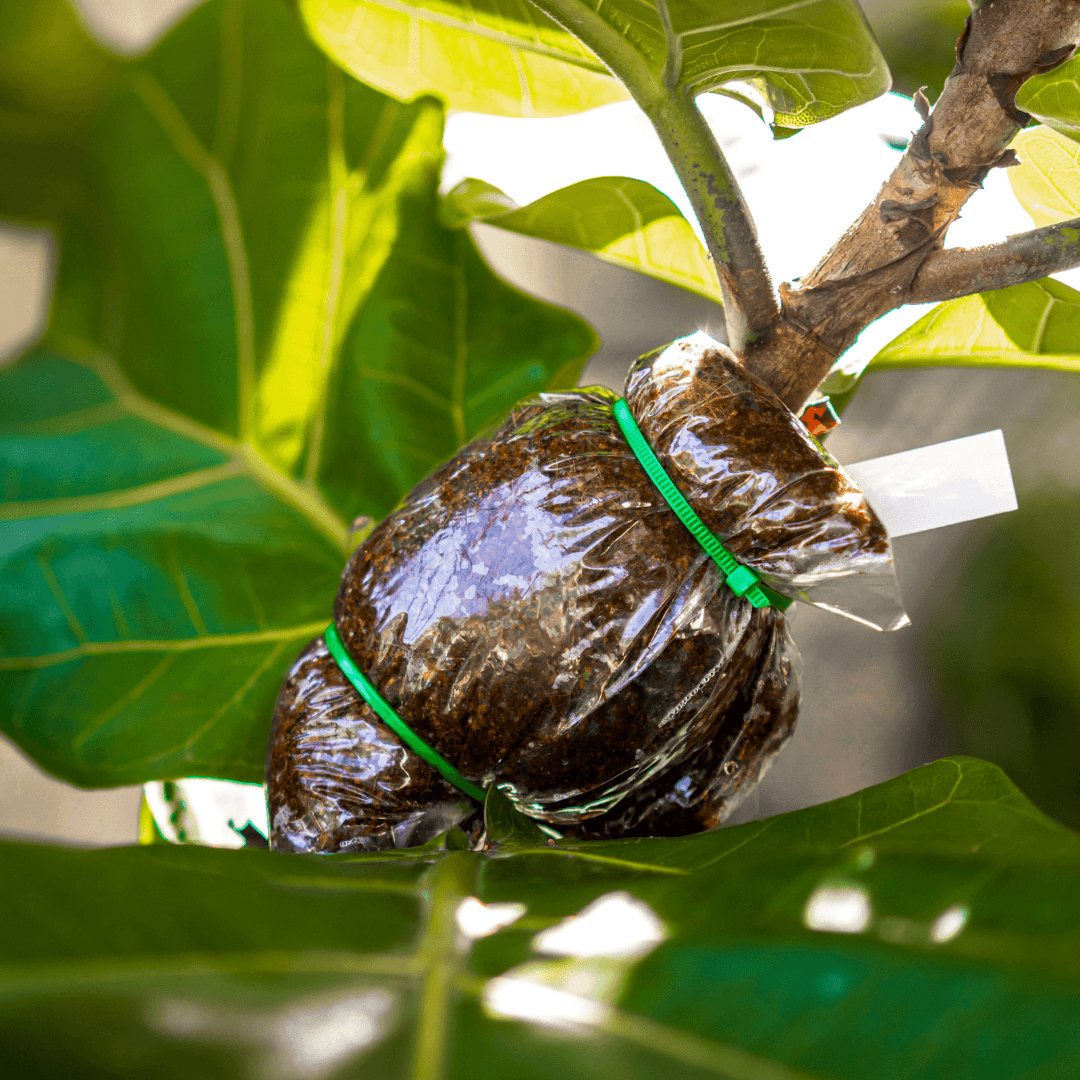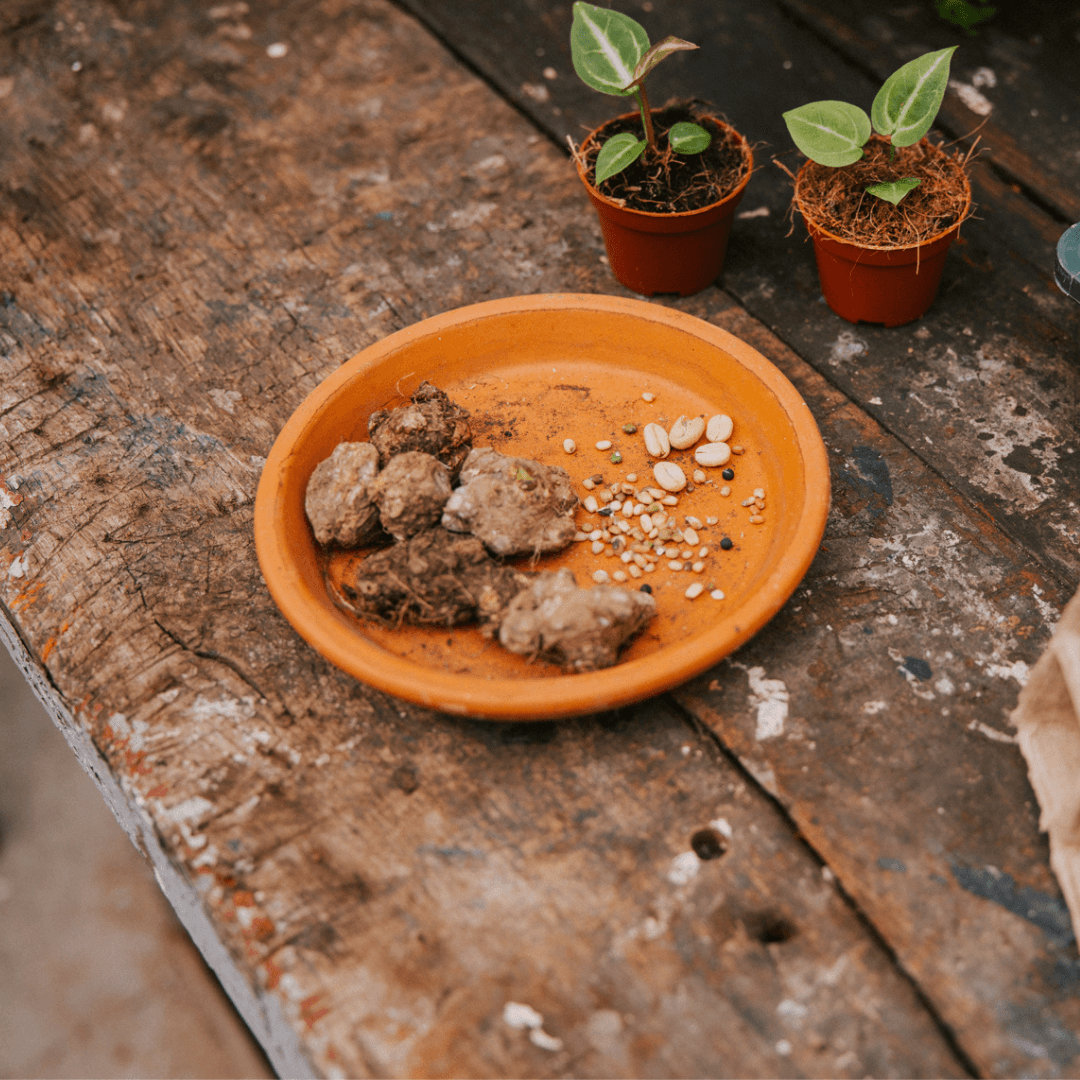Pflanzenvermehrung
Was gibt es Befriedigenderes, als zu sehen, wie eine Pflanze aus einem selbst hergestellten Steckling wächst? Bei der Vermehrung von Pflanzen geht es darum, aus Teilen vorhandener Pflanzen neue Pflanzen zu ziehen. Es macht Spaß, sich mit der Vermehrung von Zimmerpflanzen zu beschäftigen, ganz gleich, ob du deine Lieblingspflanzen vermehren oder einfach etwas Neues ausprobieren willst. Und weil es so viele Möglichkeiten gibt, Pflanzen zu vermehren, kannst du deiner Kreativität freien Lauf lassen! Hier findest du alles, was du brauchst, um loszulegen und eine Armee von Pflanzen zu schaffen, die die Welt erobern (oder zumindest deine Wohnung).
Arten der Vermehrung
Wenn es um die Vermehrung von Pflanzen geht, sprechen Pflanzenexperten in der Regel von sexueller Vermehrung oder asexueller Vermehrung. Bei der geschlechtlichen Vermehrung treffen Pollen (der männliche Teil der Pflanze) und ein Ei (der weibliche Teil der Pflanze) aufeinander. Aus dieser Verbindung entsteht ein Samen, der aus der DNA beider Pflanzeneltern besteht. Sobald der Samen gekeimt ist, wächst er langsam und entwickelt sich zu einer Pflanze mit den Merkmalen beider Elternteile. So interessant das auch ist, hier bei PLNTS haben wir beschlossen, uns auf die ungeschlechtliche Vermehrung zu konzentrieren, denn das ist das, was wir am ehesten zu Hause machen können.
Unter ungeschlechtlicher Vermehrung versteht man, ganz kurz gesagt, alles, was ohne Samen möglich ist. Sie wird normalerweise unterteilt in:
- Stecklinge (man schneidet einen Teil der Pflanze ab und bewurzelt ihn dann)
- Abmoosen, auch bekannt als Air-layering (ein Teil der Pflanze wird bewurzelt und dann geschnitten)
- Abtrennung/Teilung (Teile der Pflanzen, werden entfernt und eingepflanzt)
- Zwiebeln & Knollen (die offizielle Bezeichnung sollte „Teilung" lauten, aber wir konzentrieren uns nur auf Zwiebeln und Knollen)
Die beste Zeit, um deine Zimmerpflanzen zu Vermehren
Bei der Vermehrung von Zimmerpflanzen ist der richtige Zeitpunkt entscheidend. Obwohl einige Pflanzen das ganze Jahr über vermehrt werden können, ist der günstigste Zeitpunkt im späten Frühjahr oder im Frühsommer. Zu dieser Zeit erleben die Pflanzen einen natürlichen Wachstumsschub, der sie widerstandsfähiger und anpassungsfähiger für den Vermehrungsprozess macht.
Experten-Tipp! Bei Bedarf kannst du deine Zimmerpflanze auch im Spätsommer, Herbst und sogar im Winter vermehren. Bedenke jedoch, dass die Erfolgsquote umso geringer ist, je länger die Pflanze in der Ruhephase ist.



